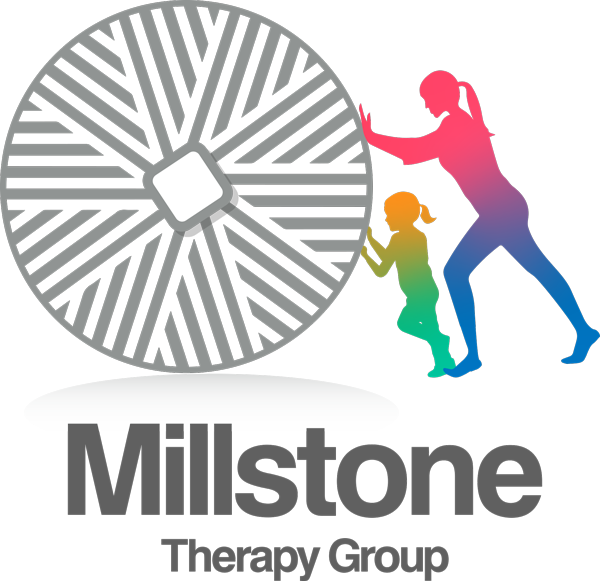The effects of ADHD in the classroom can present unique challenges for both students and teachers. Imagine trying to focus on a lesson while your mind constantly drifts, or feeling overwhelmed by the simplest of tasks. These are just a glimpse of the challenges students with ADHD face daily. For many children, the classroom is the first time that attention-deficit/hyperactivity disorder (ADHD) presents itself as an obstacle.
Understanding the impact of this condition is important for creating an inclusive and supportive learning environment, but how can teachers and parents effectively address these challenges? Let’s explore the complexities of ADHD in the classroom and discover practical strategies and techniques to improve the academic journey for all students.
How Does ADHD in the Classroom Impact Learning?
ADHD greatly impacts learning by interfering with concentration, impulse control, and focus, leading to difficulties in understanding and retaining information. This can have a substantial effect on academic performance, as students with ADHD struggle to maintain attention span and cognitive function necessary for learning.
In the classroom, these students may find it challenging to follow instructions, complete tasks, and stay organized, ultimately impacting their ability to perform well academically.
Moreover, ADHD can also influence social interactions and emotional regulation. Children with ADHD may exhibit impulsive behavior, have difficulty regulating their emotions, and struggle with social cues, making it harder for them to form and maintain relationships with peers.
This can lead to feelings of isolation and frustration, further impacting their overall well-being and ability to succeed in a school environment.
Because of these challenges that come with ADHD in the classroom, teachers need to develop strategies and techniques that can help these students thrive academically and socially. These techniques should avoid complete hand-holding throughout the academic journey to avoid stunting learning, but they should provide these students with assistance to ensure that they are able to get the most out of their time in school.
Classroom Strategies for ADHD Students
To support students with ADHD in the classroom, implementing behavioral classroom management techniques and providing organizational training can greatly improve their learning experience.
These strategies have been researched and proven effective in helping students with ADHD stay focused, organized, and engaged in their academic tasks.
Behavioral Classroom Management
Effective classroom strategies for managing behaviors in students with ADHD involve implementing a teacher-led approach that focuses on behavior modification through positive reinforcement and discouraging negative behaviors. By setting clear classroom expectations, maintaining consistent routines, and tracking behavior, teachers can create a structured environment that supports students with ADHD.
Positive reinforcement techniques, such as rewards for desired behaviors or a daily report card system, can motivate students and reinforce good conduct. Consistent routines help students with ADHD understand what’s expected of them and provide a sense of stability. Tracking behavior allows teachers to monitor progress, identify patterns, and make informed decisions about interventions.
While most research on behavioral classroom management has been conducted in elementary schools, the approach has shown promise for students of all ages. By implementing these strategies, teachers can help students with ADHD thrive academically and behaviorally in the classroom.
Organizational Training
Organizational training for students with ADHD focuses on equipping them with essential skills such as time management, planning, and organization of school materials to support learning and minimize distractions.
By teaching time management techniques, students learn to prioritize tasks, set goals, and allocate appropriate time to each activity. Planning skills help students break down tasks into manageable steps, fostering a sense of accomplishment and reducing feelings of being overwhelmed.
Organizing school materials not only guarantees easy access to resources but also cultivates a sense of orderliness that can positively impact focus and attention in the classroom.
Implementing organizational training strategies for students with ADHD can lead to improved academic performance and reduced disruptive behaviors. By providing students with the tools to structure their learning environment and manage their time effectively, educators create a supportive framework that empowers students to succeed academically.
Ultimately, organizational training plays an essential role in equipping students with ADHD to navigate the demands of the classroom, building independence, and improving the academic experience.
Special Education Accommodations for Children with ADHD
Children with ADHD may benefit from special education accommodations to assist them in the classroom. There are two primary laws that provide details on accommodations for children with disabilities:
- The Individuals with Disabilities Education Act (IDEA)
- Section 504 of the Rehabilitation Act of 1973
Accommodations for children with ADHD in the classroom depends on whether they meet the eligibility requirements for either of the federal plans funded by the IDEA and Section 504.
IEPs offer special education services on an individual level to meet the needs of the child, while the 504 Plan provides students with accessibility changes to the learning environment to ensure that the child has the same opportunities to learn and grow in the classroom as other students.
Accommodations
Special education accommodations for students with ADHD can play an important role in improving their learning experience.
Here are some of the accommodations provided by the programs mentioned previously:
- Sensory accommodations, such as providing a quiet space for exams or using noise-canceling headphones, can help reduce distractions.
- Assistive technology, like speech-to-text software or organizational apps, can aid in completing tasks.
- Positive reinforcement techniques, such as verbal praise or reward systems, can motivate students with ADHD.
- Flexibility with deadlines allows for more time on assignments without added stress.
- Behavior charts can track progress and encourage positive behaviors in the classroom.
How Teachers can Help Students with ADHD
To effectively support students with ADHD, providing constructive feedback and maintaining open lines of communication is very important.
Tailoring homework and assignments to suit their needs, such as breaking tasks into smaller steps, can help students with ADHD be successful.
Developing personalized plans that incorporate strategies like frequent breaks and visual aids can greatly enhance their learning experience in the classroom.
Feedback and Communication
When supporting students with ADHD in the classroom, providing frequent feedback and attention to positive behavior is important for their academic success and emotional well-being. Effective communication strategies can help create a supportive environment where students with ADHD can thrive.
Here are some key ways teachers can enhance feedback and communication with students who have ADHD:
- Positive reinforcement: Acknowledge and reward positive behaviors to encourage repetition.
- Encouraging feedback: Foster open dialogue to address challenges and celebrate successes.
- Building confidence: Set clear expectations and provide guidance to help students feel more secure in their abilities.
Homework and Assignments
In supporting students with ADHD in handling homework and assignments effectively, teachers can implement various strategies to facilitate their learning and productivity. To aid in time management, provide clear instructions and break down assignments into smaller tasks. Encourage task completion by offering choices for demonstrating mastery, such as written essays, oral reports, quizzes, or projects.
Teach study skills like note-taking and organization to enhance learning outcomes. Implement assignment tracking systems, such as homework folders, to assist students in keeping track of their tasks.
Use homework strategies like setting realistic goals, allowing breaks, and minimizing distractions in the classroom to promote focus and productivity. Remember that for students with ADHD, attention and focus require extra effort, so incorporating movement breaks and exercise can help maintain engagement and reduce fatigue.
It is also important to make sure that you are still creating an environment of challenge for the student. Although students with ADHD may need additional assistance and accommodations, they should still be required to understand and know the material like their peers. If a student with ADHD is given too much assistance, it may actually hinder their future academic performance and you may be doing the child a disservice.
Personalized Plans
Implementing personalized plans tailored to individual needs can be a great way for teachers to effectively support students with ADHD in the classroom. These plans aim to improve academic performance, increase classroom engagement, foster behavioral improvements, and optimize learning outcomes. To achieve this, consider the following strategies:
- Observe and Communicate: Observe and talk with the student to identify what aids or hinders their learning. This could involve using fidget tools, adjusting eye contact, incorporating background music, or allowing movement during learning. Regular communication with parents is also important to guarantee consistency and support both at school and home.
- Involve School Resources: Collaborate with school counselors, psychologists, or therapists to develop customized interventions. These professionals can provide valuable insights and support in tailoring strategies that cater to the student’s unique needs.
- Continuous Evaluation: Regularly assess the effectiveness of the personalized support provided. Adjustments may be necessary based on the student’s progress and feedback from both the student and their support network.
How to Help as a Parent
How can parents effectively advocate for their child with ADHD in the classroom to guarantee they receive the necessary support and services for academic success?
Parent involvement is important in ensuring that children with ADHD receive the support they need to thrive in an educational setting. By actively participating in their child’s education, parents can implement support strategies both at home and in collaboration with the school.
Parents should practice effective communication and forming a strong partnership with the school. This involves sharing resources, engaging in education advocacy, and working together on behavior management techniques. Parents can also benefit from specific training to better understand how to manage their child’s behavior and support their academic progress.
Empowerment through knowledge about their child’s rights and available services is critical for parents. Additionally, seeking family support from healthcare providers and relevant organizations can further enhance the support network for both the child and the parents.
The best thing a parent can do for their child with ADHD is to listen to them and their teachers. If their school is not providing the appropriate accommodations for your child, advocate for them and communicate with the school. Consider listening to suggestions from the school counselor and their teachers as they spend a lot of time with your child and they may be implementing strategies to help your child that require your collaboration.








